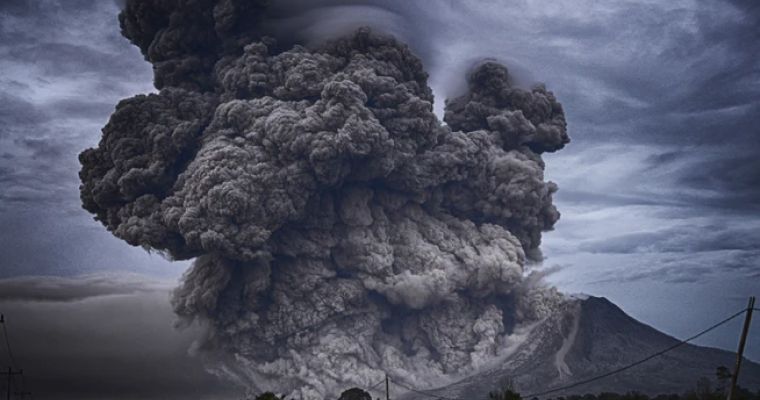A volcano is erupted again in Japan
Volcano Erupts Again in Japan: Ash Clouds and Evacuations Ordered
A prominent volcano in Japan has erupted again, marking a significant renewal of volcanic activity and prompting authorities to issue urgent warnings to residents and airlines. The eruption sent a massive plume of volcanic ash and smoke high into the atmosphere, darkening skies and dusting nearby towns in a layer of gray ash.
This event is a stark reminder of Japan’s position within the Pacific “Ring of Fire,” a horseshoe-shaped zone around the Pacific Ocean known for its frequent earthquakes and volcanic activity.
Key Details of the Eruption
The eruption occurred with the initial blast recorded in the early hours of the morning. Japan’s Meteorological Agency quickly raised the volcanic alert level in response to the renewed activity.
-
Volcanic Alert Level: Authorities have raised the alert level, which restricts access to the mountain and surrounding areas.
-
Ash Plume: The plume reached significant height, drifting across nearby regions and affecting air quality in surrounding areas.
-
Evacuation Orders: Local authorities have issued evacuation advisories for communities near the volcano.
Immediate Impact and Response
The primary immediate impacts of the volcano erupting again are related to ash fall and air travel.
-
Ash Fall: Residents in nearby cities reported steady fall of fine volcanic ash, prompting advice to stay indoors, close windows, and wear masks if going outside. Ash can cause respiratory problems and damage to infrastructure and vehicles.
-
Travel Disruptions: Several flights have been canceled or diverted as a precaution due to the ash cloud, which poses a severe hazard to aircraft engines.
-
Emergency Response: Rescue teams and emergency services have been mobilized to assist with evacuations and monitor the situation.
Why Do Volcanoes in Japan Erupt So Frequently?
Japan is one of the most volcanically active countries on Earth, home to around 10% of the world’s active volcanoes. This is due to its complex geology.
-
The Ring of Fire: Japan sits at the convergence of several tectonic plates. The Pacific Plate and the Philippine Sea Plate are sliding beneath the Eurasian Plate in a process called subduction.
-
Subduction and Magma: As the oceanic plates subduct, they release water into the hot mantle above, causing the rock to melt and form magma. This buoyant magma then rises to the surface, feeding Japan’s many volcanoes.
Safety Recommendations for Residents
Authorities have issued important safety guidelines for those affected:
-
Follow Evacuation Orders: Immediately comply with any evacuation directives from local authorities
-
Protect from Ash: Wear protective masks and goggles when outside. Close windows and doors to prevent ash from entering homes
-
Avoid River Areas: Stay away from rivers and valleys where mudflows may occur
-
Stay Informed: Monitor official sources for the latest updates and warnings
-
Drive Safely: Avoid driving when ash is heavy as it reduces visibility and makes roads slippery
What Happens Next?
The Japan Meteorological Agency is closely monitoring the situation. The main concerns going forward are:
-
Potential for Further Eruption: Volcanic activity is unpredictable. Scientists are analyzing seismic data and gas emissions to look for signs of escalating unrest.
-
Secondary Hazards: Heavy rains could mix with volcanic ash to create destructive mudflows called lahars.
-
Long-term Impact: The eruption could affect agriculture, tourism, and daily life in the region for weeks or months to come.
The situation continues to develop, and authorities are urging residents to remain vigilant and follow official guidance as this volcanic event unfolds.
